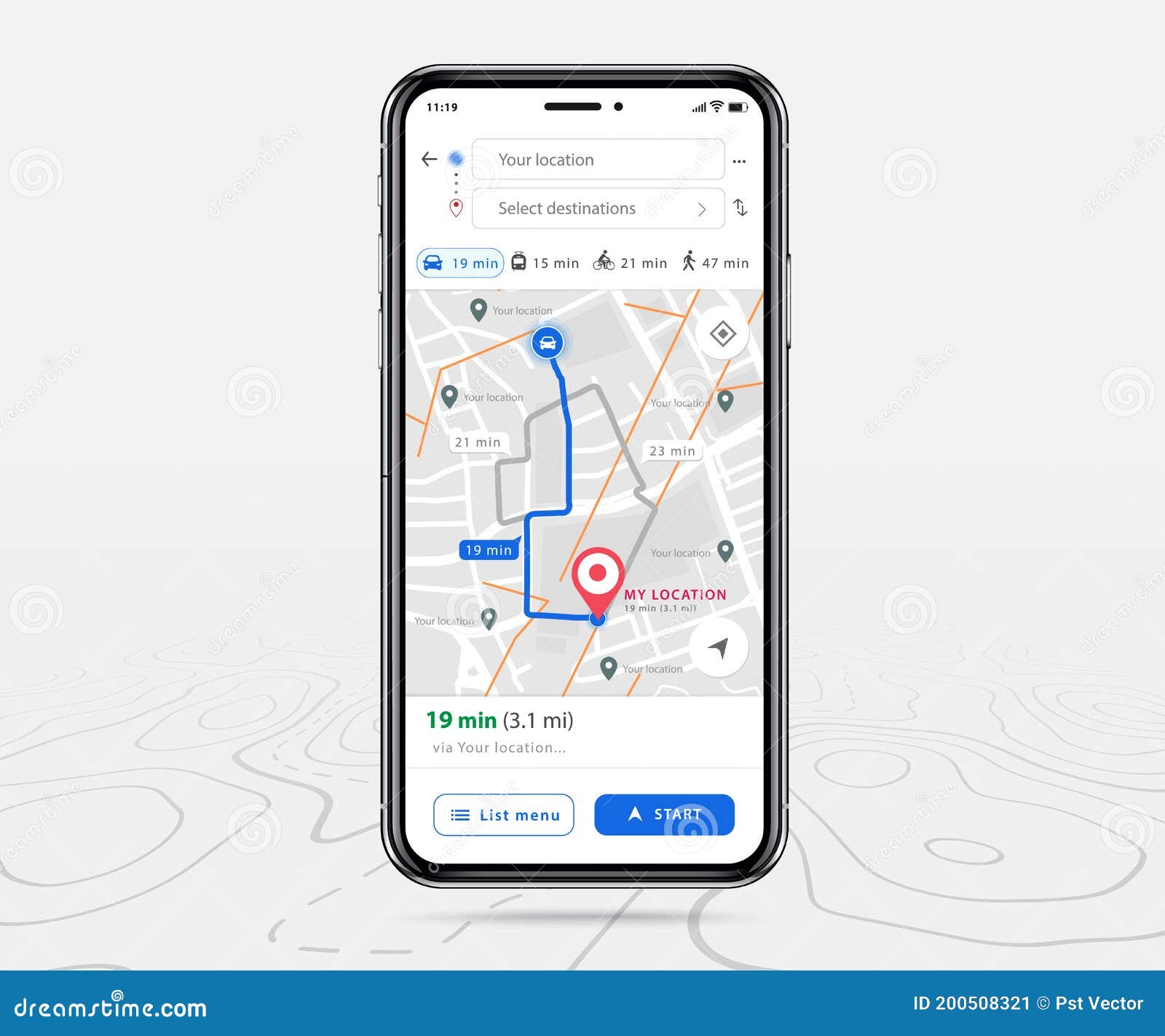Advances in Mapping and Aerial Surveying Make Work Easier

Land surveying is really a scientific method used to precisely determine 3D (three-dimensional) or terrestrial position of points, angles and distances between them. These points are accustomed to detect boundaries and land maps for governmental purposes or ownership. Surveyors typically utilize engineering, mathematics, law, physics and geometry to map and survey lands.
Mapping and aerial surveying is indispensable in land surveying. While the most the Earth's surface is photographed at a particular altitude to generate maps, many techniques need a better view of the land at a more substantial scale, as well as more accurate data points. These are produced from satellite imagery, and helicopters or airplanes are used in taking land photos.
Aerial mapping started in the center of the 19th century when heat balloons were used to take photographs from the air. Since then the growth of this technology became a lot more popular especially after the launch of Sputnik, which marked the beginning of the satellite imaging period.
Photogrammetry is one of the earliest remote sensing methods utilized for creating maps, and continues to be used. It determines measurement through photography where data is captured every second of the plane's flight.
Alternatively, using 3D laser technology is unnoticeable, and setting foot on land is not needed. This is good for surveyors who are tasked to survey steep slopes and dangerous terrains. Mapping land with limited access is manufactured easy with aerial mapping. It offers 3D map creation through accurate measurements of location and elevation, as opposed to aerial photography, which fails to produce accurate data or detail.
LIDAR (Laser Imaging Detection and Ranging) technology uses laser beams to make a 3D land image or model. When used together with GPS (Global Positioning System) equipment, LIDAR gathers data of location and elevation which are then converted into a geographic map. Gathered data are utilized in applications like topographical maps.
These systems are used by engineers, technicians, planners, GIS (Geographic Information System) experts and surveyors. Click for source is a more accurate information gathering technique compared to traditional methods.
There are companies with an increase of than two decades of expertise in handling aerial projects. They are familiar with every aspect involved with data gathering. They employ subcontractors who've mapping capabilities, whose professional relationships they maintain as they work with them in their next projects. Backed by experts in the field, they offer the very best in handling these projects. They're linked to the best contractors in the industry to ensure accurate results using LIDAR and high-precision digital land parcel modeling.

Aerial mapping is chosen by experts because they allow faster data collection. The digital data collected are used by engineers, surveyors, city planners, geologists and experts to produce accurate maps.
It also proves helpful in accurate data gathering for each and every land mapping and surveying purpose. These are utilized by experts in producing topographical maps equipped with the most recent in data gathering technology. Supported by GPS and other indispensable tools of technology, the task is manufactured easier and faster with more accurate results than traditional methods.
